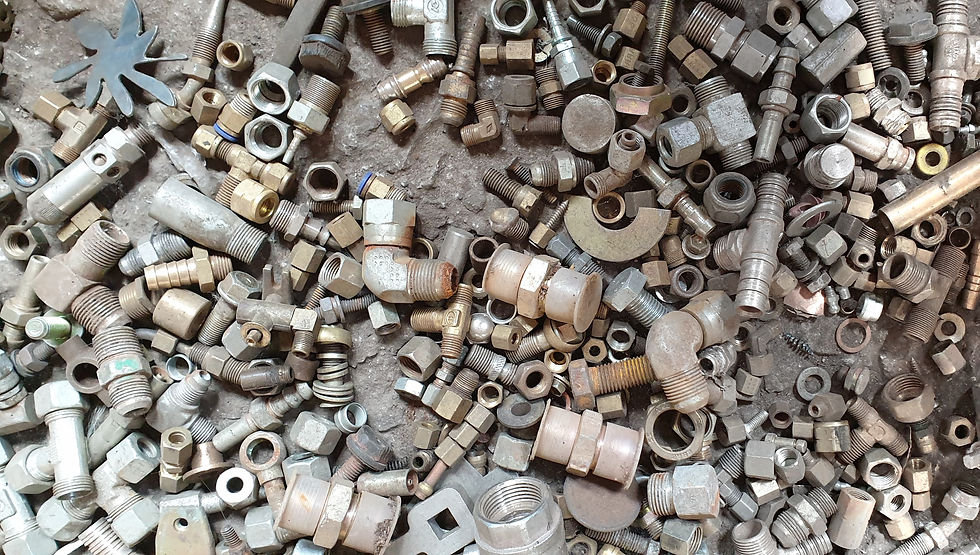Michigan Plumbing Code
- Scott Britton

- Nov 7, 2023
- 2 min read

Once upon a time, in the great state of Michigan, there was an ever-evolving plumbing code that shaped the way plumbing systems were designed and implemented. Let's take a journey through time to explore the interesting changes that occurred in Michigan's plumbing code over the years.
In the early 20th century, Michigan's plumbing code primarily focused on sanitation and public health concerns. The code mandated the use of proper plumbing fixtures, including toilets, sinks, and drainage systems, to ensure the safe disposal of waste and prevent the spread of diseases.
As the decades passed, advancements in technology and building practices prompted updates to Michigan's plumbing code. In the 1960s, the code began to address water conservation by introducing regulations to limit water usage. This led to the inclusion of low-flow fixtures and the encouragement of water-saving practices in both residential and commercial buildings.
In the 1990s, Michigan's plumbing code experienced a significant shift with the introduction of backflow prevention requirements. Backflow prevention devices were now mandatory to protect the public water supply from contamination caused by the reversal of water flow. This change aimed to safeguard the health and safety of Michigan residents.
In more recent years, Michigan's plumbing code has embraced the use of sustainable and energy-efficient plumbing practices. Green building initiatives have been incorporated into the code, encouraging the implementation of eco-friendly plumbing systems. This includes the use of rainwater harvesting systems, greywater recycling, and the promotion of energy-efficient water heaters.
Another notable change in Michigan's plumbing code has been the adoption of new materials and technologies. The code now allows for the use of innovative plumbing materials like cross-linked polyethylene (PEX) pipes, which offer flexibility and durability. Additionally, advancements in digital technology have led to the integration of smart plumbing systems, allowing for remote monitoring and control of plumbing fixtures.
Throughout the years, Michigan's plumbing code has continuously evolved to meet the changing needs of society. It has embraced advancements in technology, focused on water conservation and sustainability, and prioritized public health and safety. By adapting to new challenges and incorporating innovative solutions, Michigan's plumbing code has played a crucial role in shaping the plumbing practices within the state, ensuring the well-being of its residents and the environment they live in.




Comments